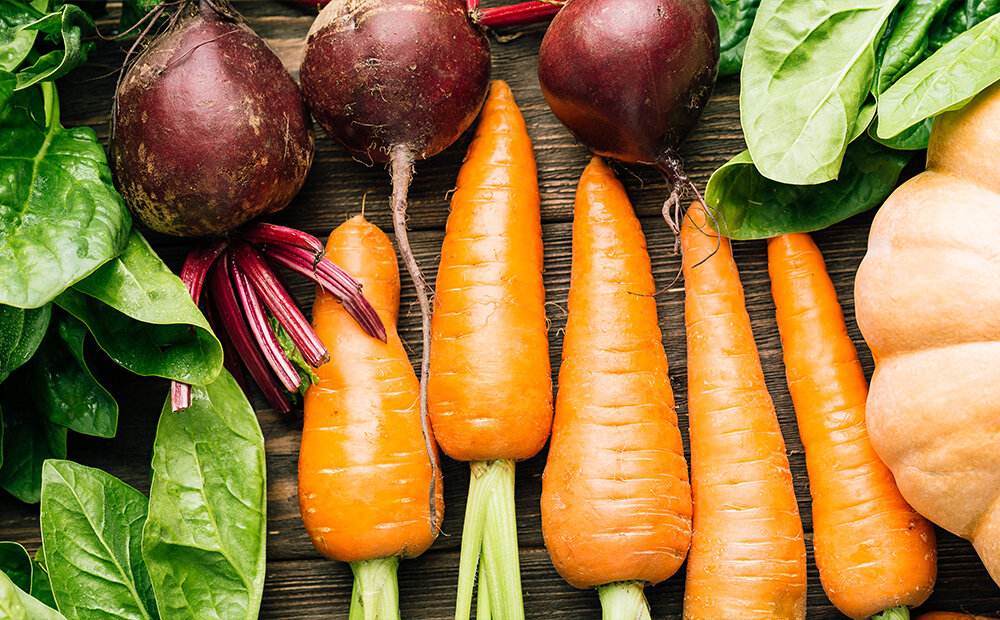LATE-SEASON VEGGIES: YOUR PLANTING & HARVEST GUIDE
It's that part of the summer where its time to start thinking about harvesting your garden crops. You've probably been harvesting off many of your earlier crops for a while, like peas, carrots, beets, and herbs. Now it's time to start thinking about planting those late summer and early fall vegetables, for a lush harvest of cool-season produce right before the frost arrives.
Late-season crops usually like cooler weather. Cool-weather veggies include spinach, lettuce, greens, carrots, peas, beets, and beans. Our average first frost date in Indianapolis is usually in mid-October. That can vary a lot, depending on the weather, though. It's also important to keep in mind that with the shorter days, crops will take a little longer to mature than they did from during the long days of summer.
When you're choosing crops to start now, check the days to maturity on the package. We've picked October 10 as our desired maturity date, since the first frost can sometimes be around the 11-15th. With the shorter days, you'll want to add an extra 5-7 days to the package estimate for total maturity. So if your package says 65 days, count on about 70 days.
We've got approximately 60-65 frost-free growing days left. You can also extend the growing season for your late-season veggie harvest a bit by covering some of your crops overnight when there is a risk of frost.
Growing fall crops is the part of gardening that's a bit of a gamble. But it almost always pays off. That late summer and early fall sunshine can be strong without being too hot, perfect for cool-season veggies.
WHAT TO PLANT NOW FOR LATER HARVEST
CROPS THAT CAN TOLERATE SOME FROST
These crops can take a little frost; they’re usually safe if the temperature hovers around 32 overnight. If the temperature is going to drop much below freezing, it's a good idea to cover these plants for the night, either with row covers or horticultural blankets.
WHAT TO HARVEST BEFORE FROST
While there are quite a few crops that can take some frost (many people even say that carrots and parsnips are better after frost), there are also many veggies that can’t handle frost. Keep your eyes on the overnight temperature predictions this fall. If you think it’s going to freeze, make sure you get these crops harvested before you head for bed, and give your other plants a deep watering.





